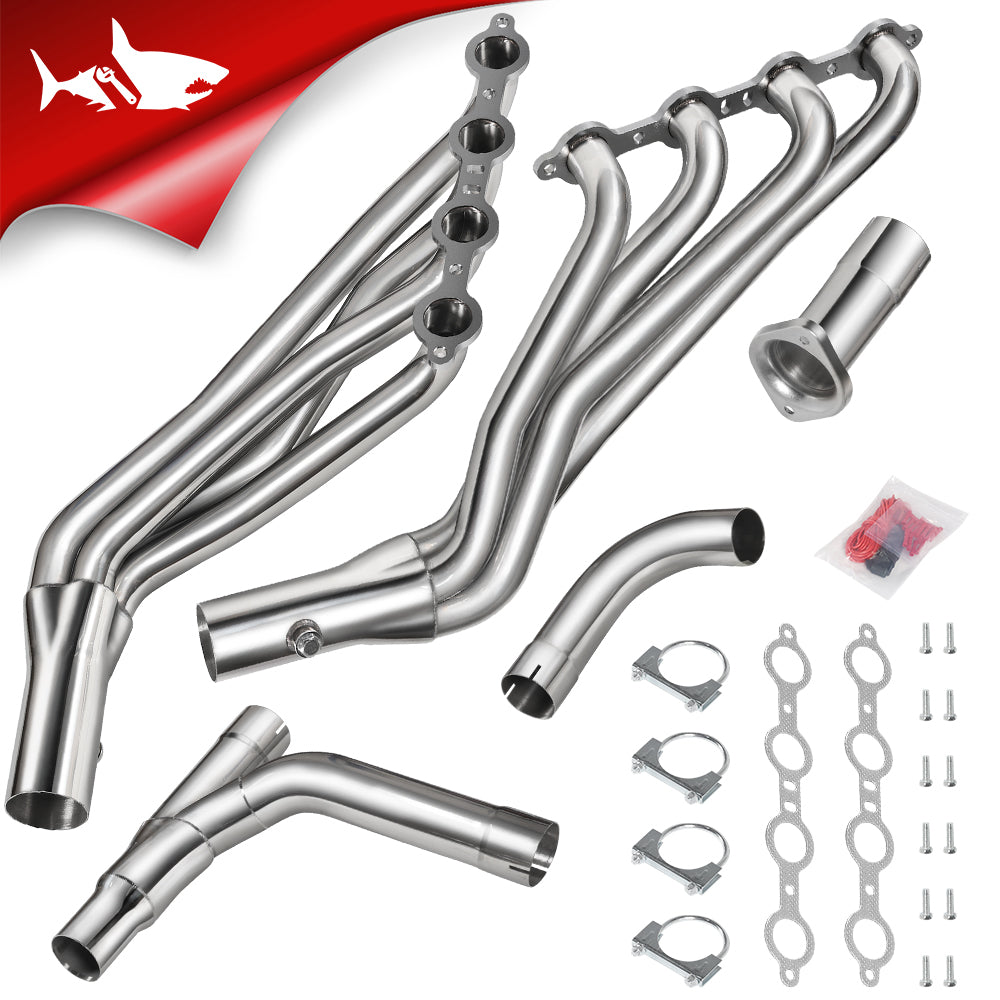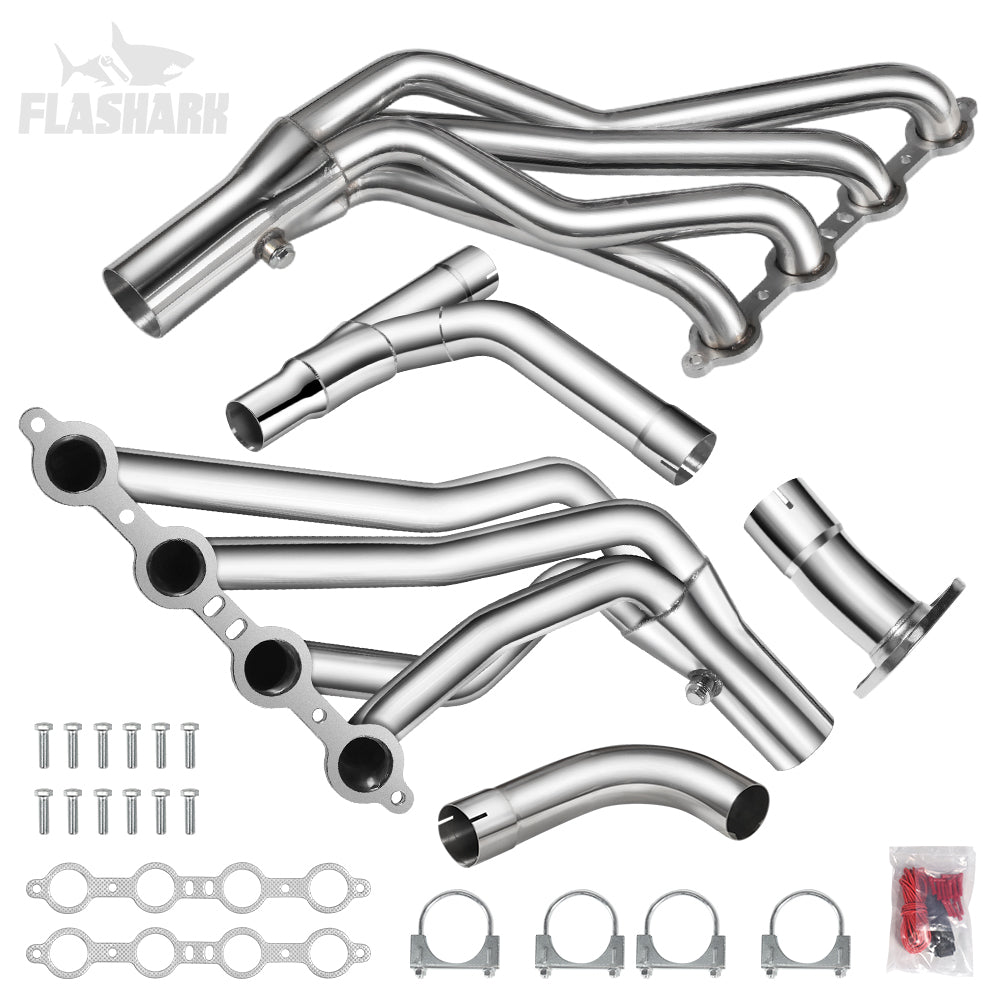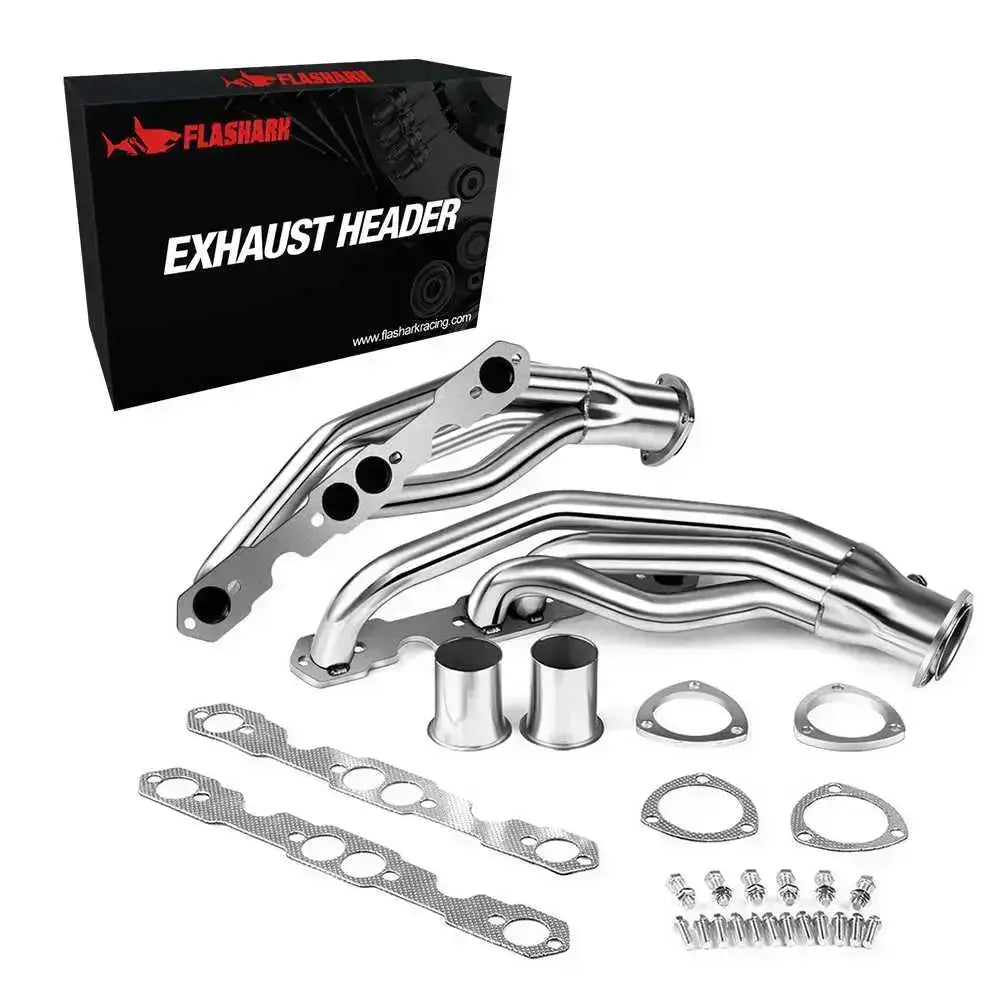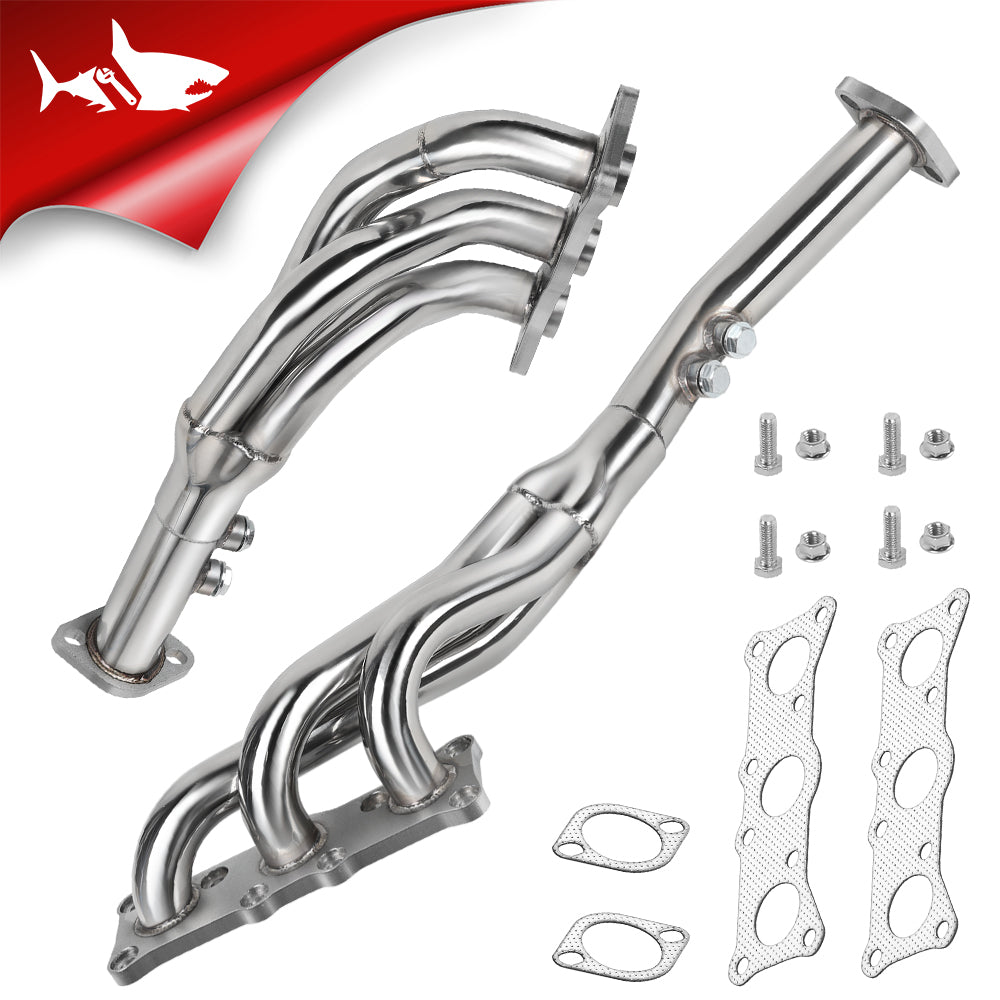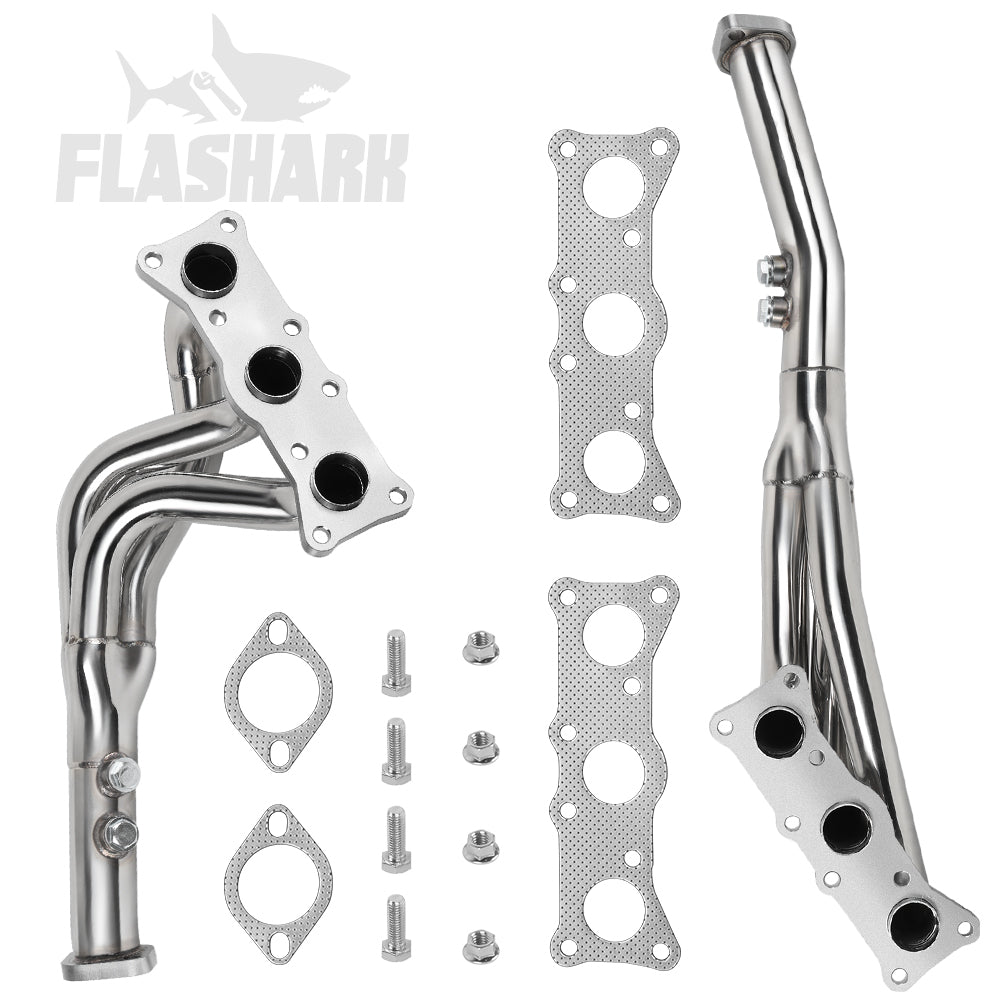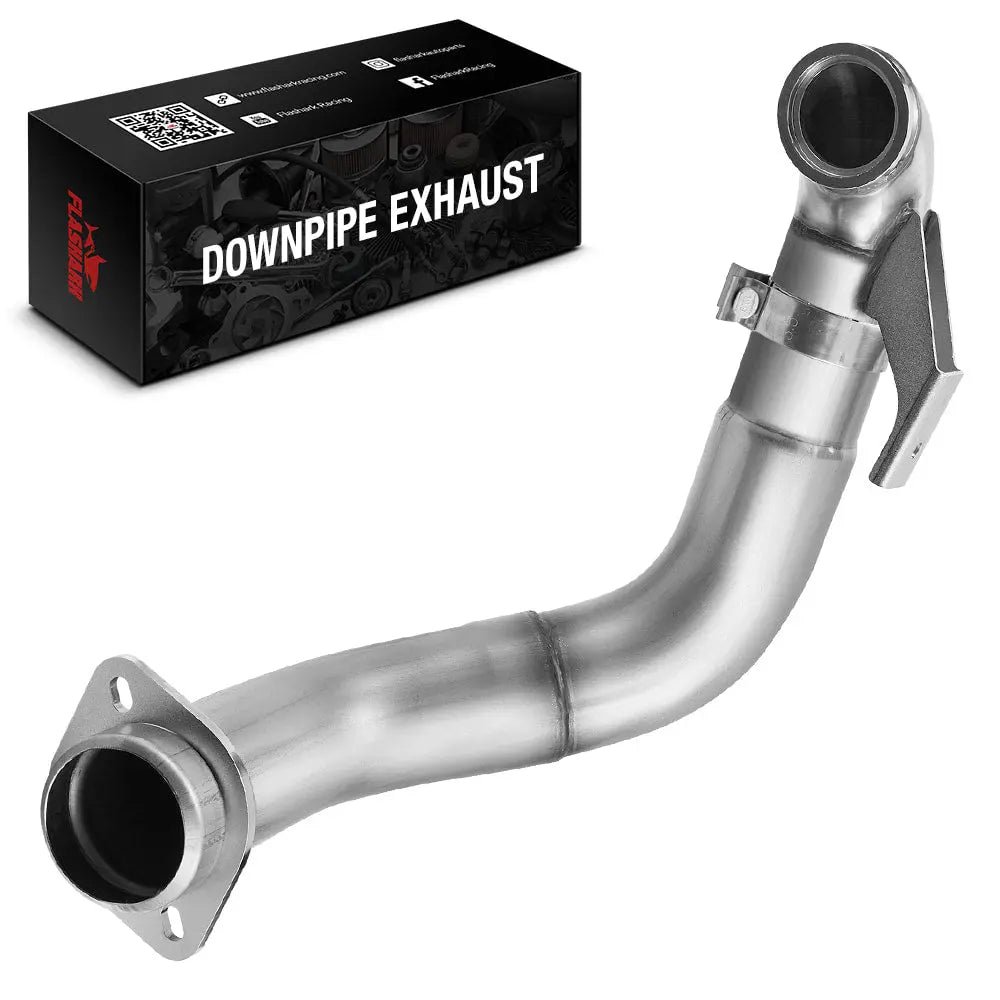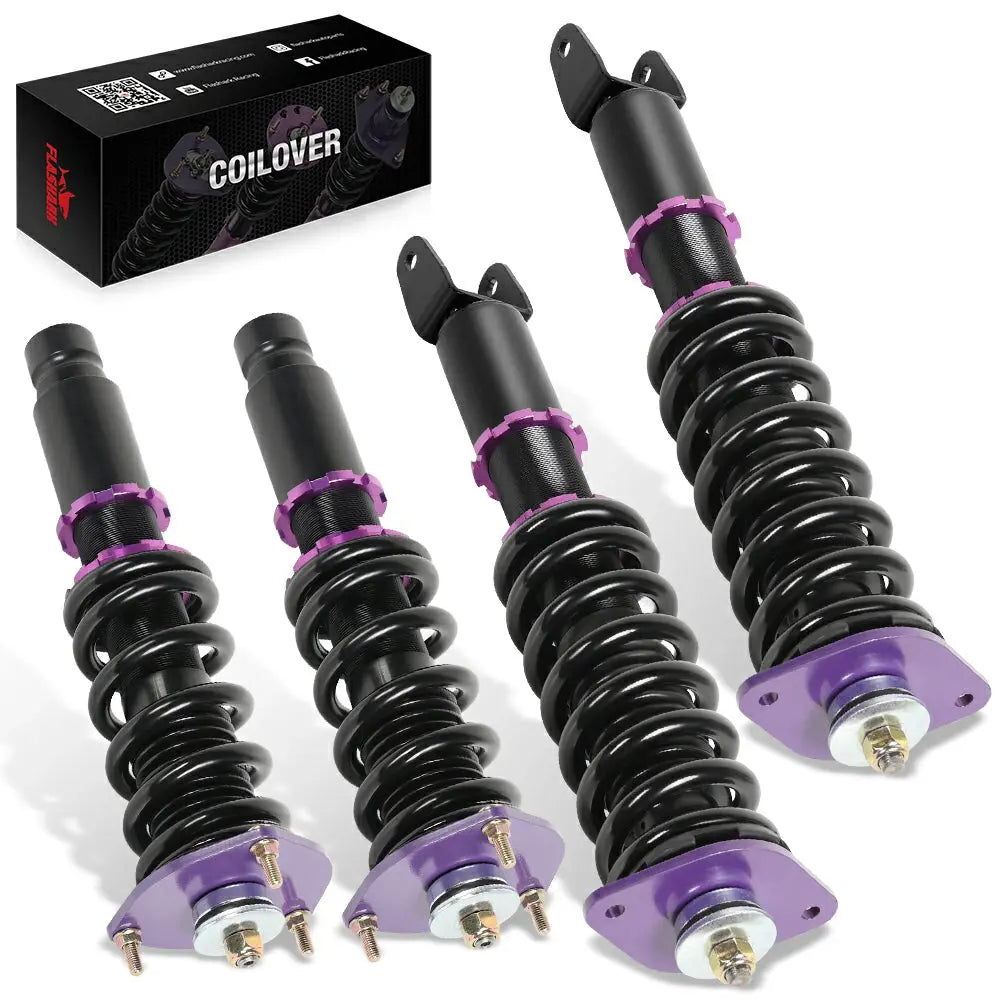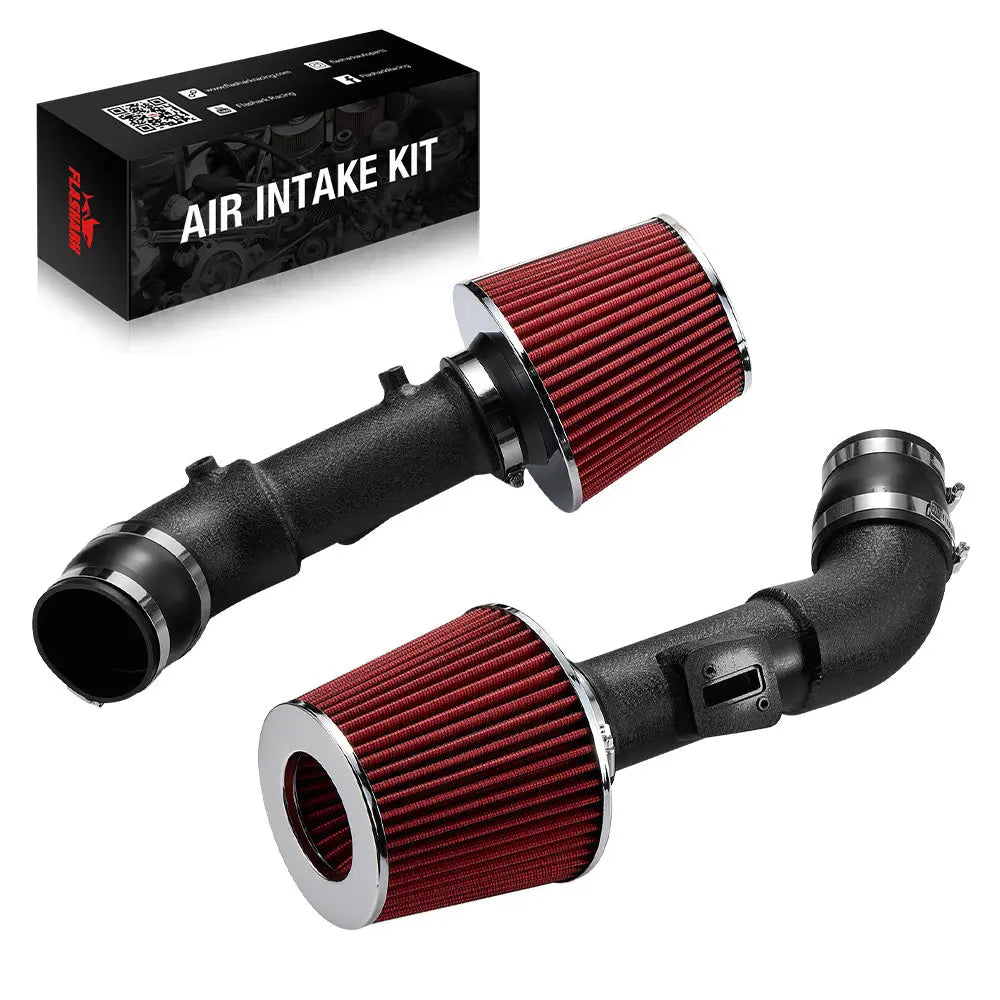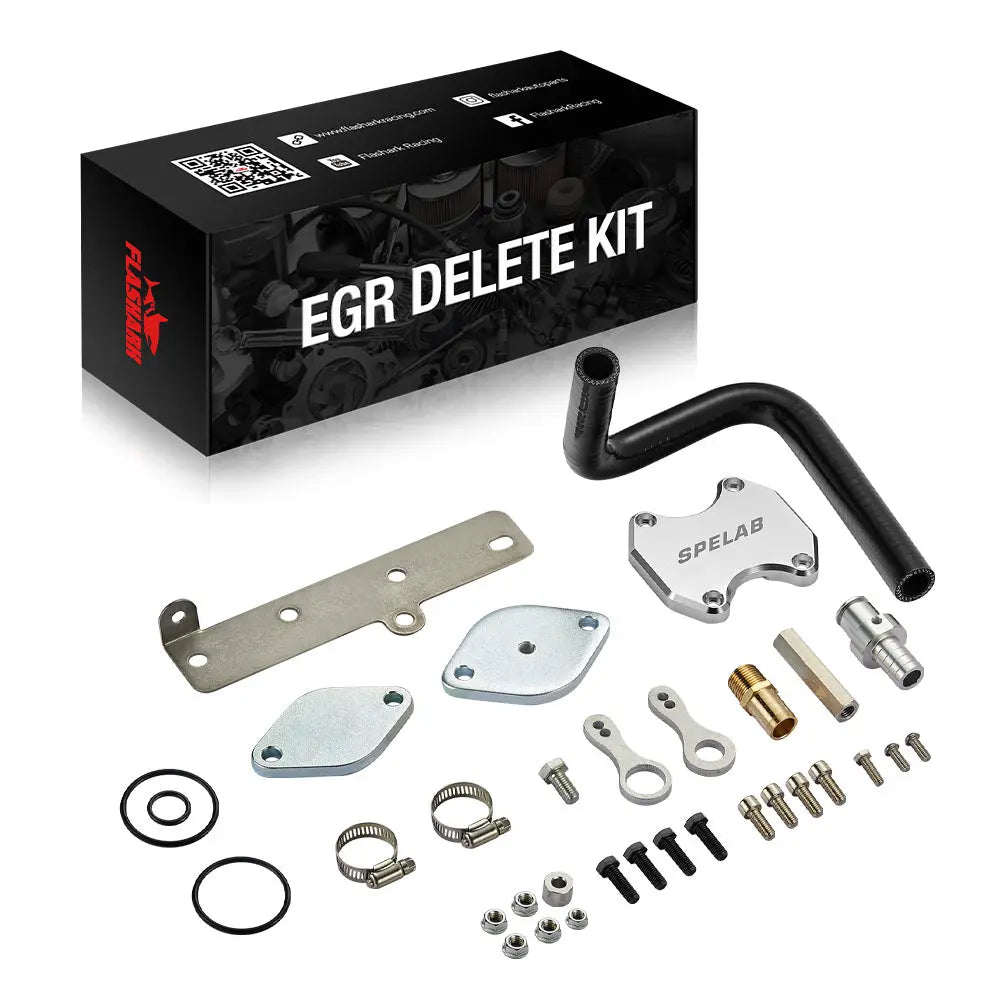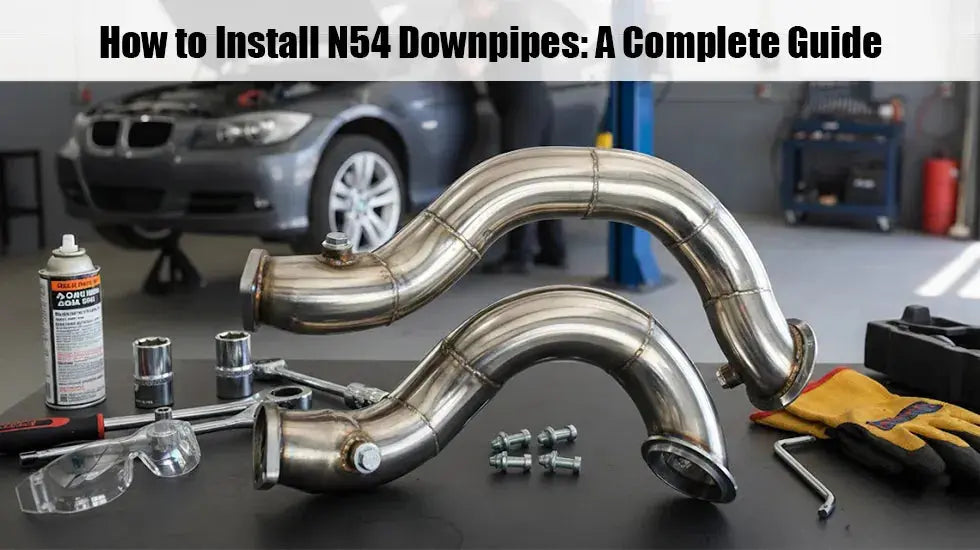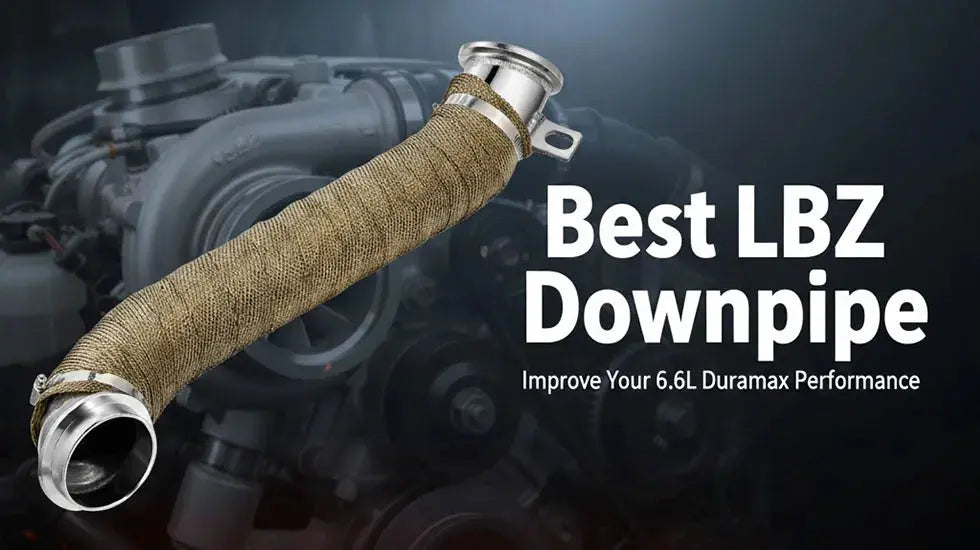Coilovers are a critical component of any performance vehicle, offering adjustable suspension to improve both ride quality and handling. One essential adjustment for coilovers is preload, which refers to the initial compression placed on the coilover's spring before the car's weight is applied. Understanding how to set preload on coilovers correctly can make a significant difference in your vehicle’s ride quality and handling performance. In this guide, we'll explore what preload is, how to adjust it, and how it affects your car's suspension.
What is Preload on Coilovers?
Preloadis the amount of tension or compression applied to a coilover spring before any load is placed on the suspension system. Essentially, it’s the force that compresses the spring even when the car is not yet on the ground or under load. This adjustment is crucial because it influences both the stiffness of the suspension and the ride height.
Why Preload Matters
Preload directly impacts your vehicle's suspension behavior. A higher preload setting will make the spring stiffer, while a lower preload will soften the spring's response. This affects how the suspension absorbs bumps, handles weight transfer during cornering, and influences the overall handling of the car. Inadequate preload can result in poor ride quality or excessive suspension sag, while too much preload can cause an overly stiff suspension, reducing comfort and handling.
How to Set Preload on Coilovers
Setting the preload on coilovers is a critical step in tuning your suspension system. Preload affects how your car handles, rides, and reacts to different road conditions. This process requires a precise approach and the right tools to ensure you get optimal performance from your coilovers. Here's how to set preload properly:

Step-by-Step Guide to Adjusting Preload
Step 1: Gather the Right Tools
Before beginning, make sure you have all the necessary tools:
-
Jack and Jack Stands: To safely lift and support the vehicle.
-
Coilover Tool or Wrench: Used to adjust the spring perch.
-
Tape Measure: For checking ride height and suspension settings.
-
Helper (Optional): Having someone assist can make the process easier, especially when lifting or supporting the car during adjustments.
Step 2: Lift the Vehicle
Start by securely lifting the car off the ground using a jack. Once the car is lifted, support it with jack stands. Make sure the vehicle is level when lifting to ensure the preload adjustments are accurate. If the car is tilted, it can affect the spring compression and the preload setting.
Step 3: Loosen the Locknut
Most coilovers have a locknut that holds the spring perch in place. This locknut needs to be loosened before adjusting preload.
Use a wrench or coilover tool to carefully loosen the locknut, ensuring it doesn’t move too much, as it will need to be tightened again once the adjustment is complete.
Step 4: Adjust the Spring Perch
The spring perch (or collar) is where preload is set.
-
To increase preload: Turn the perch downward (clockwise) to compress the spring.
-
To decrease preload: Turn the perch upward (counterclockwise) to relax the spring tension.
The amount of adjustment depends on the stiffness you want. The more you compress the spring, the stiffer the suspension becomes, which will affect handling and ride comfort.
Step 5: Check the Ride Height
Preload and ride height are different. Preload adjusts the spring tension, but it doesn’t directly change ride height. However, adjusting preload can cause subtle changes to the vehicle’s stance.
After adjusting preload, use a tape measure to check if the ride height is still where you want it. If ride height needs further adjustment, it should be done separately using the height-adjustment mechanism on your coilovers.
Step 6: Re-tighten the Locknut
Once the preload adjustment is complete, re-tighten the locknut to secure the spring perch in place.
Ensure it is tight enough to prevent any movement but be careful not to overtighten it, as this could damage the coilover or affect its performance.
Key Considerations When Adjusting Preload
Balancing Comfort and Handling
Preload directly affects how the spring behaves under load, influencing both comfort and handling.
- Increased preload results in a stiffer suspension. This provides sharper handling and more stability during aggressive driving, but it may make the ride feel rougher on daily commutes or uneven surfaces.
-
Decreased preload makes the suspension more compliant, improving ride comfort but at the cost of handling performance, especially during fast cornering or hard braking.
Finding the right balance between comfort and performance is essential for your driving style and intended use (daily driving vs track days).
Testing is Crucial
After making preload adjustments, test driving the car is essential.
Take the vehicle for a short drive and observe any changes in:
-
Ride quality: Is the ride too harsh or too soft?
-
Handling: Does the car feel more responsive, or is it too bouncy or too stiff?
-
Ride height: Ensure the vehicle still sits at the desired level after preload adjustment.
Even small changes in preload can make a big difference in handling, so it’s important to evaluate the vehicle’s performance after each adjustment and tweak as necessary.
How Preload Affects Ride Quality and Handling
Preload is a fundamental factor in determining your vehicle’s suspension performance. The right preload setting can enhance both ride quality and handling by providing the correct spring compression for different driving conditions.

Impact on Ride Comfort
Increasing preload will stiffen the suspension, making the car feel more rigid. This can be beneficial for performance driving, where sharp handling is required, but it may compromise comfort on daily drives. On the other hand, decreasing preload will soften the suspension, improving ride comfort but at the expense of reduced handling performance, especially in sharp corners.
Impact on Vehicle Handling
Preload also affects how your suspension responds during aggressive driving. Higher preload generally increases the responsiveness of the suspension, making the car more stable in corners. However, too much preload can make the suspension too harsh, reducing grip and causing excessive bouncing on uneven roads. In contrast, too little preload might result in excessive body roll and reduced cornering stability.
Common Mistakes to Avoid When Setting Preload
When adjusting preload, many car enthusiasts make common mistakes that can negatively impact the performance of the suspension system. Understanding and avoiding these mistakes can help ensure the best driving experience and suspension performance.
-
Overcompensating with Too Much Preload: Tightening the preload excessively can make the suspension too stiff, leading to poor ride quality and potential long-term damage to the suspension system.
-
Undercompensating with Too Little Preload: Setting preload too low can cause excessive bounce, reduce handling stability, and lack support during high-speed cornering.
-
Not Testing After Adjustment: Failing to test the vehicle after preload adjustments means missing out on real feedback about the suspension performance, which could result in undesirable handling and ride comfort.
Preload and Vehicle Height: Understanding the Connection
Preload doesn’t directly change the overall height of your car, but it does influence the suspension behavior, which can indirectly affect ride height. Understanding how preload and ride height relate is key when making adjustments.
-
How Preload Affects Vehicle Height: Preload doesn’t alter the coilover length, but adjusting it can impact ride height. Compressing the spring can lower the vehicle, while loosening preload may cause the suspension to extend slightly. Ride height should be adjusted separately using height-adjustable coilovers or by modifying suspension component length.
-
Balancing Ride Height and Preload: If you want to lower your car’s stance, don't rely solely on preload adjustments. Use the correct height-adjustment mechanisms on your coilovers and fine-tune preload to optimize both ride quality and performance.
Conclusion: Fine-Tuning Preload for Optimal Performance
Setting the preload correctly is essential for maintaining the right balance between comfort, handling, and vehicle height. When done correctly, preload adjustments can significantly improve your driving experience, making the car more responsive and comfortable. Always test your settings after adjusting preload to ensure the suspension is performing as expected.
By understanding how preload affects ride quality and handling, and avoiding common mistakes, you can ensure that your coilover system is properly set up for optimal performance on both the street and the track. Fine-tuning preload is an ongoing process, but with careful adjustments and testing, you can achieve the perfect balance for your vehicle's suspension.


